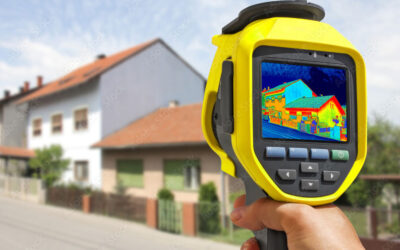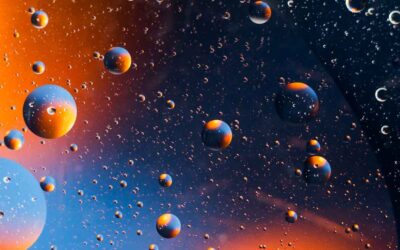Welcome to Eco Warm Walls! In our next article, we will explore how hydrophobic coatings can maximise energy efficiency in your home. We understand the importance of reducing energy consumption and the positive impact it can have on both the environment and your wallet. With Eco Warm Walls hydrophobic coatings, you can achieve significant energy savings and improve the efficiency of your current insulation. Let’s delve into the details and discover how these coatings work and why they are a cost-effective solution for homeowners.
The Power of Hydrophobic Coatings
a. Understanding Hydrophobicity: Hydrophobic coatings are designed to repel water and prevent its absorption into the building materials. They contain special chemicals that create a protective barrier on the surface, making it resistant to moisture.
b. How Hydrophobic Coatings Work: When applied to surfaces such as walls or roofs, hydrophobic coatings create a thin layer that repels water droplets. This prevents water from penetrating the material and keeps it dry, thereby enhancing its insulation properties.
Enhancing Insulation Performance
a. The Role of Insulation in Energy Efficiency: Insulation plays a crucial role in maintaining a comfortable indoor temperature and reducing energy consumption. It acts as a barrier, preventing heat transfer between the interior and exterior of your home.
b. Challenges of Moisture and Dampness: Moisture and dampness can compromise the effectiveness of insulation materials. When insulation becomes wet, its thermal performance decreases, leading to energy losses and potential mould growth.
c. Cavity Wall Insulation and Moisture Concerns: Cavity wall insulation, while effective in reducing heat loss, can be affected by moisture. Hydrophobic coatings address this issue by providing an additional layer of protection against water infiltration, ensuring the insulation operates at peak efficiency.
The Benefits of Hydrophobic Coatings
a. Improving Thermal Performance: By keeping your insulation materials dry, hydrophobic coatings help maintain their optimal thermal performance. This results in reduced heat loss during the colder months and improved energy efficiency.
b. Minimizing Heat Loss: Hydrophobic coatings create a barrier that prevents heat from escaping through the walls or roof. This reduces the need for excessive heating, leading to lower energy bills and increased comfort.
c. Preventing Condensation and Mold Growth: Moisture accumulation can lead to condensation and mold growth, which can be detrimental to both your health and the structural integrity of your home. Hydrophobic coatings mitigate these risks by repelling water and minimizing moisture-related issues.
Cost Savings and Return on Investment
a. Lowering Heating and Cooling Costs: By improving the energy efficiency of your home, hydrophobic coatings help reduce heating and cooling costs. You can enjoy substantial savings on your energy bills while maintaining a comfortable indoor environment.
b. Long-Term Financial Benefits: Investing in hydrophobic coatings provides long-term financial benefits. The energy savings generated by improved insulation efficiency can add up over time, resulting in a significant return on investment.
c. Comparing the Cost of Hydrophobic Coatings to Traditional Solutions: Hydrophobic coatings offer a cost-effective solution compared to traditional methods of enhancing insulation. The low-cost application of these coatings provides an affordable option for homeowners looking to improve energy efficiency.
a. The Importance of Thermal Surveys: Thermal surveys involve the use of advanced techniques, such as FLIR photography, to analyze the thermal performance of your home before and after the application of hydrophobic coatings. These surveys provide tangible evidence of the coatings’ effectiveness.
b. FLIR Photography and Data Analysis: FLIR photography captures thermal images that reveal heat loss areas and insulation weaknesses. By comparing pre- and post-coating thermal images, the energy-saving benefits of hydrophobic coatings can be quantified.
c. Case Studies and Real-Life Results: Numerous case studies have demonstrated the positive impact of hydrophobic coatings on energy efficiency. Real-life examples show significant reductions in energy consumption and improved comfort levels in homes where these coatings have been applied.
Conclusion
Investing in hydrophobic coatings is a smart choice for homeowners seeking to maximize energy efficiency and reduce utility costs. With Eco Warm Walls hydrophobic coatings, you can enhance the performance of your insulation by keeping it dry and minimizing heat loss. The cost-saving benefits are substantial, and the proven efficacy through thermal surveying provides peace of mind. Take a step towards a more energy-efficient home and start enjoying the financial and environmental rewards. Contact Eco Warm Walls today and discover the power of hydrophobic coatings.



